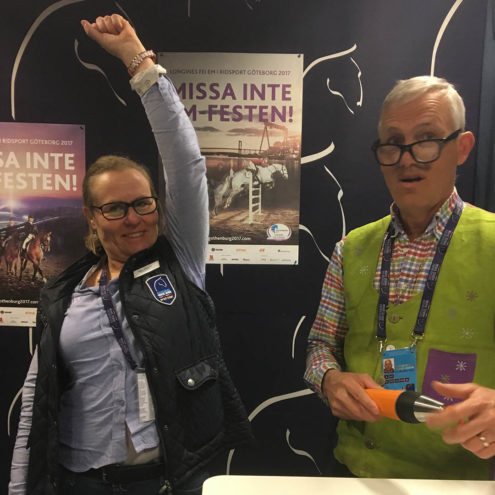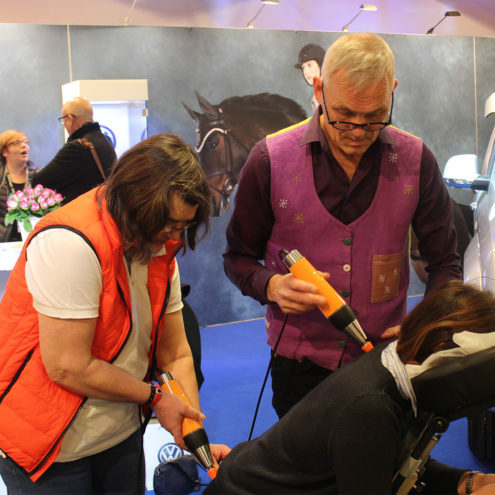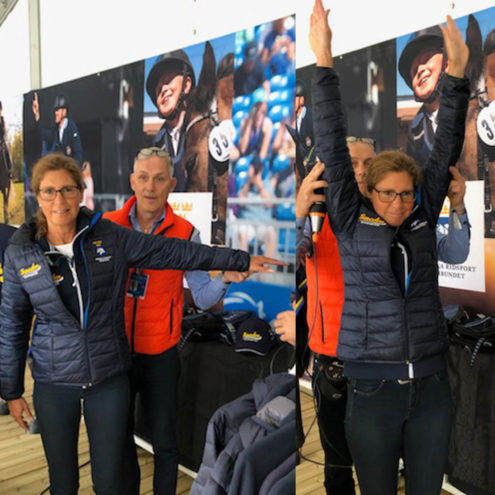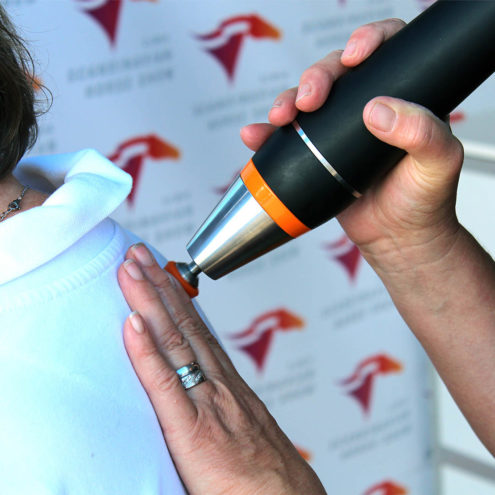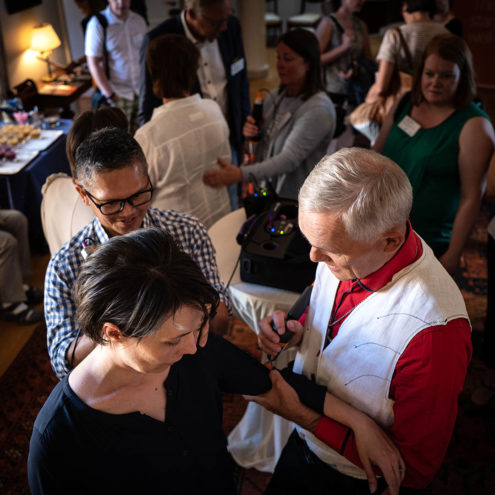Osteoarthritis School: Education and Management of Joint Pain

What is an osteoarthritis school?
Description of the osteoarthritis school and its purpose to educate and support people with osteoarthritis
An osteoarthritis school is a structured educational program designed to give people with osteoarthritis the knowledge and tools they need to manage their disease effectively. The aim is to educate participants about osteoarthritis, its symptoms, and treatments, and to provide support to improve their quality of life. The programme includes lectures, practical exercises and interactive discussions led by specialized health professionals. By attending an osteoarthritis school, patients can gain a deeper understanding of their disease and learn how to take control of their health.
Goals and target groups for participation in an osteoarthritis school
The target audience for the Osteoarthritis School is primarily individuals who have been diagnosed with osteoarthritis, regardless of how long they have had the disease. The program is also open to family members and caregivers who want to learn more about osteoarthritis and how they can support their loved ones. The aim is to provide participants with:
A deeper understanding of osteoarthritis and its impact on the body.
Strategies to manage pain and improve functionality in everyday life.
Tools for making lifestyle changes that can slow down the progression of the disease
A network of support from others who share similar experiences.
Content of an osteoarthritis school
Education on osteoarthritis and its impact on joints
During the osteoarthritis school, participants receive a thorough education on what osteoarthritis is and how it affects the body’s joints. This includes:
An overview of the pathophysiology of osteoarthritis, i.e. how the disease develops and what biological and mechanical changes occur in the joints.
Information on symptoms such as pain, stiffness and reduced mobility.
Explanations of various risk factors, such as genetic predispositions, obesity and previous joint injuries.
Discussion opportunities for participants to share their experiences and ask questions.
Diet and exercise to manage osteoarthritis and reduce pain
Diet and exercise are two important aspects of osteoarthritis treatment that are often discussed during osteoarthritis school:
Diet: Participants learn about how an anti-inflammatory diet can reduce pain and inflammation. The focus is on increasing the intake of fruits, vegetables, whole grains and fatty fish, while reducing the consumption of processed foods and sugar.
Exercise: Regular physical activity is essential to maintain joint health and reduce pain. Participants will be advised on appropriate exercises such as strength training, stretching and low-intensity aerobic exercise.
Techniques to relieve pain and improve quality of life
The osteoarthritis school also offers training on various techniques for pain relief and improving quality of life, including:
Pharmacological treatments: information on painkillers and anti-inflammatory drugs.
Non-pharmacological methods: use of heat and cold, TENS (transcutaneous electrical nerve stimulation), acupuncture and massage.
Psychological strategies: managing chronic pain through cognitive behavioral therapy (CBT), mindfulness and relaxation exercises.
Benefits of attending an osteoarthritis school
Increased understanding of osteoarthritis and its management
One of the main benefits of attending an osteoarthritis school is gaining a deeper understanding of osteoarthritis and how to manage the disease. Participants learn about the latest research findings and treatment methods, making them better equipped to make informed decisions about their own care.
Community and support from others also living with osteoarthritis
The Osteoarthritis School offers an opportunity to meet other people living with osteoarthritis. This creates a sense of community and support, where participants can share experiences, exchange tips and encourage each other. Social support has been shown to be an important factor in improving the quality of life of people with chronic diseases.
Tools and strategies to independently manage osteoarthritis in everyday life
Participants are given practical tools and strategies to manage their osteoarthritis in everyday life. This includes advice on how to adapt their lifestyle, manage pain and maintain physical activity. By learning self-help techniques, participants can become more independent and reduce their dependence on caregivers.
 Search
Search

